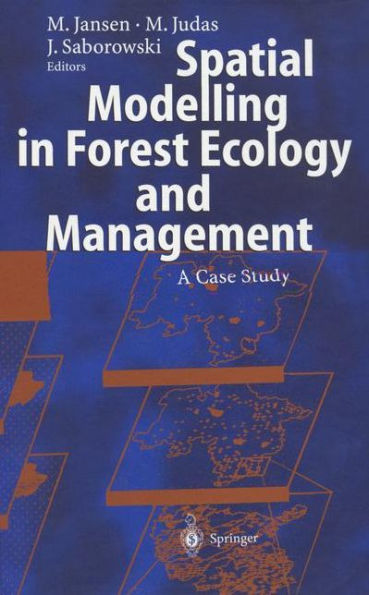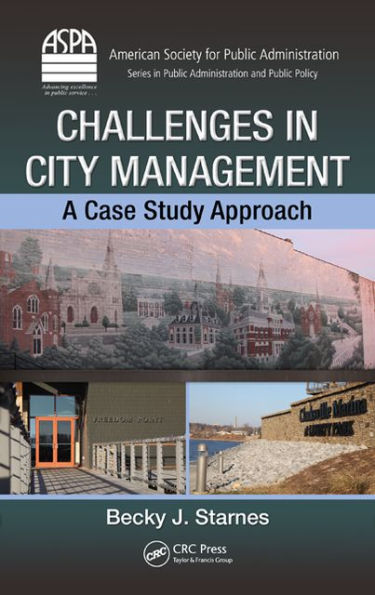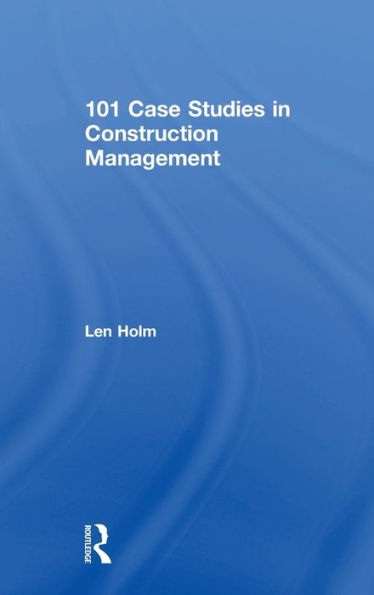Home
Spatial Modelling in Forest Ecology and Management: A Case Study
Barnes and Noble
Loading Inventory...
Spatial Modelling in Forest Ecology and Management: A Case Study in Franklin, TN
Current price: $109.99

Barnes and Noble
Spatial Modelling in Forest Ecology and Management: A Case Study in Franklin, TN
Current price: $109.99
Loading Inventory...
Size: OS
At the end of the 1970s, when signs of destabilization of forests became visible in Eu rope on a large scale, it soon became obvious that the syndrome called "forest de cline" was caused by a network of interrelated factors of abiotic and biotic origin. All attempts to explain the wide-spread syndrome by a single cause, and there were many of them, failed or can only be regarded as a single mosaic stone in the network of caus es behind the phenomenon. Forest ecosystems are highly complex natural or quasi natural systems, which exhibit different structures and functions and as a consequence different resilience to internal or external stresses. Moreover, forest ecosystems have a long history, which means that former impacts may act as predisposing factors for other stresses. The complexity and the different history of forest ecosystems are two reasons that make it difficult to assess the actual state and future development of forests. But there are two other reasons: one is the large time scale in which forests react, the other is the idiosyncrasy of the reactions on different sites. Due to the slow reaction and the regional complexity of the abiotic environment of forest ecosystems, a profound analysis of each site and region is necessary to identify the underly ing causes and driving forces when attempting to overcome the destruction of forest ecosystems.
At the end of the 1970s, when signs of destabilization of forests became visible in Eu rope on a large scale, it soon became obvious that the syndrome called "forest de cline" was caused by a network of interrelated factors of abiotic and biotic origin. All attempts to explain the wide-spread syndrome by a single cause, and there were many of them, failed or can only be regarded as a single mosaic stone in the network of caus es behind the phenomenon. Forest ecosystems are highly complex natural or quasi natural systems, which exhibit different structures and functions and as a consequence different resilience to internal or external stresses. Moreover, forest ecosystems have a long history, which means that former impacts may act as predisposing factors for other stresses. The complexity and the different history of forest ecosystems are two reasons that make it difficult to assess the actual state and future development of forests. But there are two other reasons: one is the large time scale in which forests react, the other is the idiosyncrasy of the reactions on different sites. Due to the slow reaction and the regional complexity of the abiotic environment of forest ecosystems, a profound analysis of each site and region is necessary to identify the underly ing causes and driving forces when attempting to overcome the destruction of forest ecosystems.

















